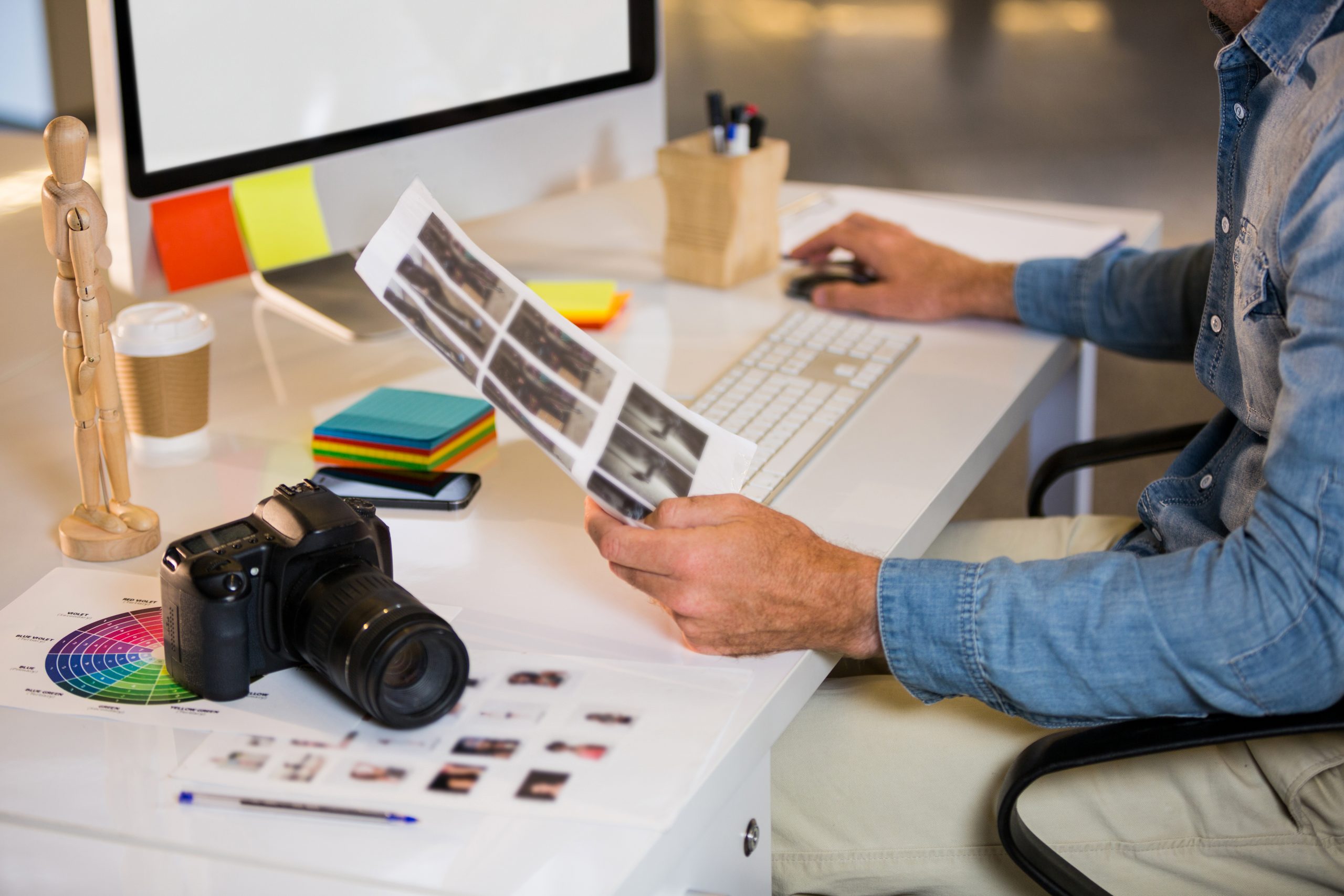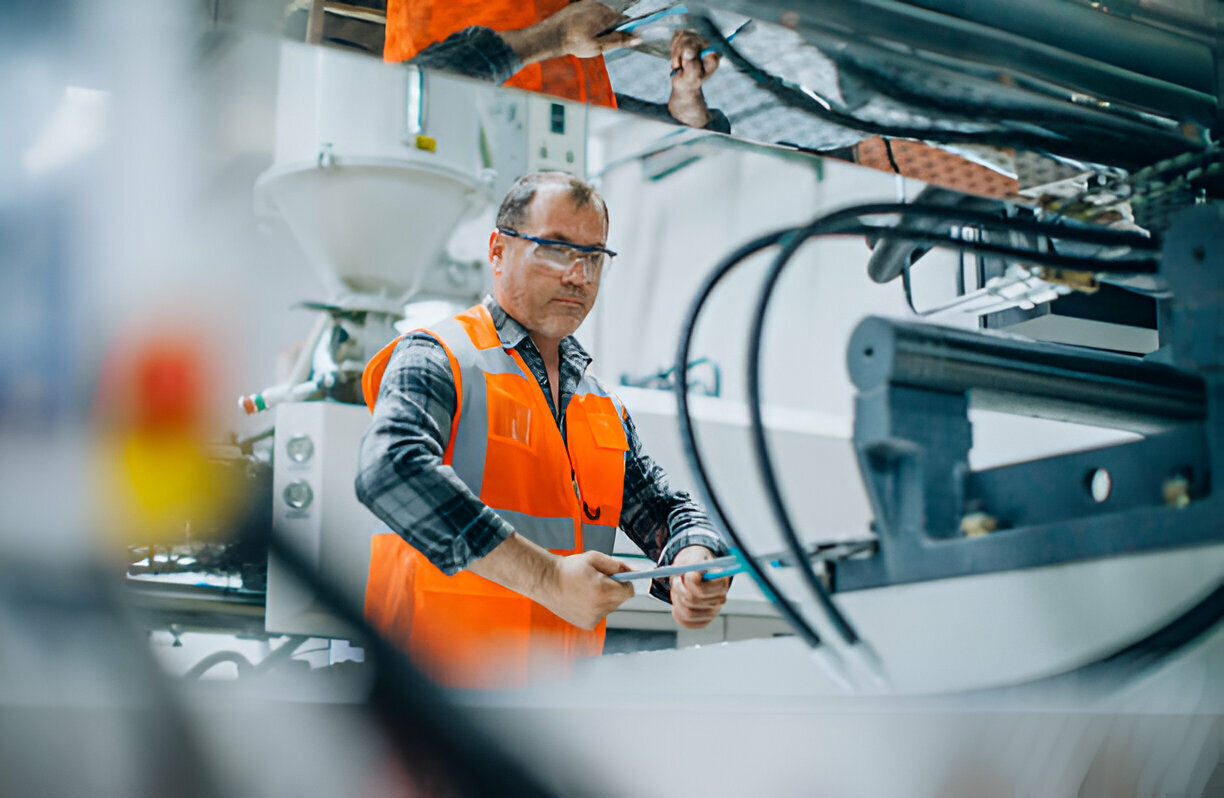Are you interested in discovering how movement can be utilized in printed graphic design? Imagine a poster that catches your eye as you walk by, with elements that seem to come alive and draw you in. In this article, we will explore the ways in which movement can be incorporated into printed graphic design to create captivating and impactful visuals. By strategically using movement, you can guide the viewer’s gaze, add depth and dimension, and evoke emotions. Whether you’re designing a brochure, a book cover, or a magazine layout, understanding how to effectively use movement can make your designs stand out and leave a lasting impression. So, let’s delve into the exciting world of movement in printed graphic design!
Using Movement to Create Visual Flow
To create visual flow in printed graphic design, use movement to guide the viewer’s eye seamlessly through the composition. Flow visualization is key in creating a dynamic composition that captures the viewer’s attention and keeps them engaged. By incorporating motion illusion and directional cues, you can create a visual journey that leads the viewer from one element to another, ensuring that they don’t miss any important information.
One way to achieve this is by strategically placing elements that naturally draw the eye. Utilize eye movement patterns to your advantage, placing important information along these paths. For example, placing a headline at the top left corner and a call-to-action button at the bottom right corner will naturally guide the viewer’s eye from top to bottom, left to right.
Another technique is to use directional cues such as arrows or lines to lead the viewer’s eye in a specific direction. These cues can create a sense of movement and guide the viewer’s attention to important elements or focal points within the design.
Enhancing Emphasis and Contrast With Movement
Enhance the emphasis and contrast in your printed graphic design by incorporating movement. By strategically using dynamic contrast and directional movement, you can create a visually engaging design that captures the attention of your audience. One effective way to achieve this is by incorporating animated elements into your design. These moving elements can draw the viewer’s eye and guide them towards the focal points of your design.
To evoke emotions and create a sense of impact, consider using a combination of movement and contrast. Use contrasting colors, shapes, or sizes to make certain elements stand out and grab attention. Additionally, you can use directional movement to guide the viewer’s gaze towards important information or calls to action.
To help you better understand the potential impact of movement in your design, take a look at the table below:
| Movement Technique | Emotion/Effect |
|---|---|
| Fast, upward movement | Excitement |
| Slow, downward movement | Calmness |
| Diagonal movement | Energy |
| Circular movement | Continuity and flow |
| Zigzag movement | Unpredictability and dynamism |
Creating Unity and Cohesion Through Movement
By incorporating movement in your printed graphic design, you can create a sense of unity and cohesion among the different elements. Movement has the power to bring all the components of your design together, making it visually appealing and engaging for the viewer. Here are three ways you can achieve unity and cohesion through movement in your printed graphic design:
- Creating movement with color: Use color to create a sense of flow and movement within your design. Experiment with gradients, color transitions, and contrasting hues to guide the viewer’s eye and create a dynamic composition.
- Incorporating motion graphics: Integrate motion graphics into your printed designs to add a sense of movement and liveliness. Animated elements such as gifs or videos can enhance the overall visual experience and make your design more memorable.
- Using typography to convey movement: Typography plays a crucial role in conveying movement. Experiment with different font styles, sizes, and orientations to create a sense of motion within your design. Play with typographic elements like italicized or bold text to guide the viewer’s eye and create a cohesive composition.
Evoking Mood and Emotion With Movement
Create a powerful emotional impact in your printed graphic design by incorporating movement that evokes mood and emotion. Movement has the ability to stir up a wide range of emotions in viewers, making it a valuable tool in graphic design. By strategically incorporating movement, you can tell a story, create a psychological impact, and strengthen the overall composition of your design. Movement can evoke emotions such as excitement, calmness, optimism, or pessimism, depending on the speed and direction of the movement. It can be used to guide the viewer’s attention and create a memorable experience. Additionally, movement can play a crucial role in brand identity, as it can convey the personality and values of a brand. By carefully considering the movement in your design, you can evoke the desired emotions and create a deeper connection with your audience. Whether it’s through animated elements, dynamic compositions, or the use of lines and shapes, movement is a powerful tool that can evoke emotions and enhance the impact of your printed graphic design.
Symbolism and Meaning Through Movement
Through the use of movement in printed graphic design, you can convey symbolism and meaning in a visually impactful way. Movement has the power to evoke emotions, tell stories, and express ideas. Here are three ways in which movement can be used to create symbolism and meaning in graphic design:
- Symbolic Gestures: Movement can be used to represent abstract concepts or ideas. For example, a swirling motion can symbolize creativity and imagination, while a rising motion can represent progress and growth. By using symbolic gestures, you can add depth and layers of meaning to your design.
- Dynamic Storytelling: Movement can bring a design to life and create a narrative. Animated illustrations or videos can capture the viewer’s attention and engage them in a story. Through the use of implied motion, you can guide the viewer’s eye and create a sense of progression or change. By incorporating dynamic storytelling, you can communicate your message in a more compelling and memorable way.
- Emotional Expression: Movement has the ability to convey emotions and elicit a response from the viewer. Whether it’s a subtle movement that evokes a sense of calmness or a fast-paced animation that creates excitement, movement can add an emotional dimension to your design. By carefully considering the movement in your design, you can create a visual language that resonates with your audience and elicits the desired emotional response.
Incorporating movement in printed graphic design allows you to go beyond static visuals and create a dynamic and immersive experience for the viewer. By utilizing symbolic gestures, dynamic storytelling, and emotional expression, you can infuse your designs with meaning and capture the attention of your audience.
Applying Movement in Logo Design
To effectively incorporate movement into your logo design, consider utilizing dynamic elements that capture the attention of your audience. Applying movement in branding can make your logo more engaging and memorable. One way to achieve this is by incorporating kinetic elements in logos. These elements can include animated graphics or typography that create a sense of motion and energy.
Movement in typography can be particularly effective in logo design. By using dynamic letterforms or arranging text in a way that suggests movement, you can add visual interest and convey a message of dynamism and innovation. Additionally, motion graphics in logo design can be used to create a more interactive and immersive experience for your audience. By incorporating animated elements or transitions, you can bring your logo to life and create a sense of excitement.
When designing a dynamic logo, it is important to strike a balance between movement and simplicity. Too much motion can overwhelm the viewer and detract from the overall message of your brand. Therefore, it is crucial to carefully consider the placement and timing of kinetic elements to ensure they enhance the design without overpowering it.
Incorporating Movement in Web Design
Incorporate movement into your web design to enhance user engagement and create a dynamic browsing experience. By utilizing interactive animations, dynamic scrolling, parallax effects, kinetic typography, and animated product showcases, you can create a visually captivating and interactive website that keeps users engaged.
- Interactive animations: Incorporate interactive elements that respond to user actions, such as hover effects or clickable animations. This can add a fun and engaging element to your website, enticing users to explore further.
- Dynamic scrolling: Implementing dynamic scrolling allows for a seamless and engaging user experience. As users scroll through the website, elements can animate or fade in, creating a sense of movement and guiding users through the content.
- Parallax effects: Parallax effects involve different layers of content moving at different speeds, creating a sense of depth and dimension. This technique adds a visually appealing and immersive element to your website, making it stand out and leave a lasting impression.
In addition to these techniques, incorporating kinetic typography and animated product showcases can further enhance the movement in your web design. Kinetic typography uses animated text to convey information in a visually interesting way, while animated product showcases bring products to life and showcase their features in an engaging manner. By incorporating these movement elements into your web design, you can create a dynamic and interactive browsing experience that captivates your audience.
Utilizing Movement in Print Advertisement
You can effectively utilize movement in print advertisements to grab attention and engage your audience. Incorporating dynamic typography, animated illustrations, motion graphics, interactive print ads, and kinetic product demonstrations can create a visually captivating experience for viewers. Here’s a table to help you visualize the impact of these elements:
| Technique | Description |
|---|---|
| Dynamic Typography | Utilize moving text to convey a sense of energy and excitement. |
| Animated Illustrations | Bring your visuals to life with animated characters or scenes. |
| Motion Graphics | Incorporate animated graphics to showcase product features. |
| Interactive Print Ads | Engage viewers through interactive elements, such as fold-outs. |
| Kinetic Product Demonstrations | Demonstrate product functionality through moving parts or pop-ups. |
Examples of Movement in Packaging Design
When incorporating movement in packaging design, it is important to consider how dynamic elements can enhance the visual appeal and engage consumers. Here are three examples of how movement can be creatively used in packaging design:
- Dynamic packaging designs: Incorporating interactive movement in packaging can make it stand out on the shelf and capture the attention of consumers. For example, using pop-up mechanisms or pull tabs that reveal hidden messages or images can create a sense of surprise and delight.
- Interactive movement in packaging: Adding engaging motion in print design can create a memorable and immersive experience for consumers. For instance, using augmented reality technology to bring the packaging to life through animated characters or interactive games can create a unique and interactive brand experience.
- Creative use of movement in packaging: Thinking outside the box when it comes to incorporating movement in packaging design can make a product truly captivating. For example, using lenticular printing to create animated effects or using thermochromic ink that changes color with temperature can add an element of surprise and intrigue to the packaging.
Showcasing Movement in Editorial Layouts
To effectively showcase movement in editorial layouts, consider utilizing dynamic design elements that captivate the reader’s attention and guide their eye throughout the content. Exploring kinetic typography is one way to add movement to editorial layouts. By animating text, you can create a sense of motion and bring your words to life. Another option is incorporating animated illustrations. These illustrations can be subtle or more pronounced, but they add an extra layer of movement and engagement to the layout. Using dynamic photo layouts is another effective technique. By playing with the placement and arrangement of photos, you can create a visual flow that guides the reader through the content. Experimenting with parallax scrolling is also a great way to showcase movement. This technique involves creating a 3D effect as the reader scrolls, giving the illusion of depth and motion. Lastly, applying motion graphics to editorial spreads can take the movement to the next level. By integrating animated elements, such as videos or GIFs, you can create an immersive and interactive experience for the reader. So, don’t be afraid to get creative and incorporate these dynamic design elements in your editorial layouts to showcase movement effectively.



